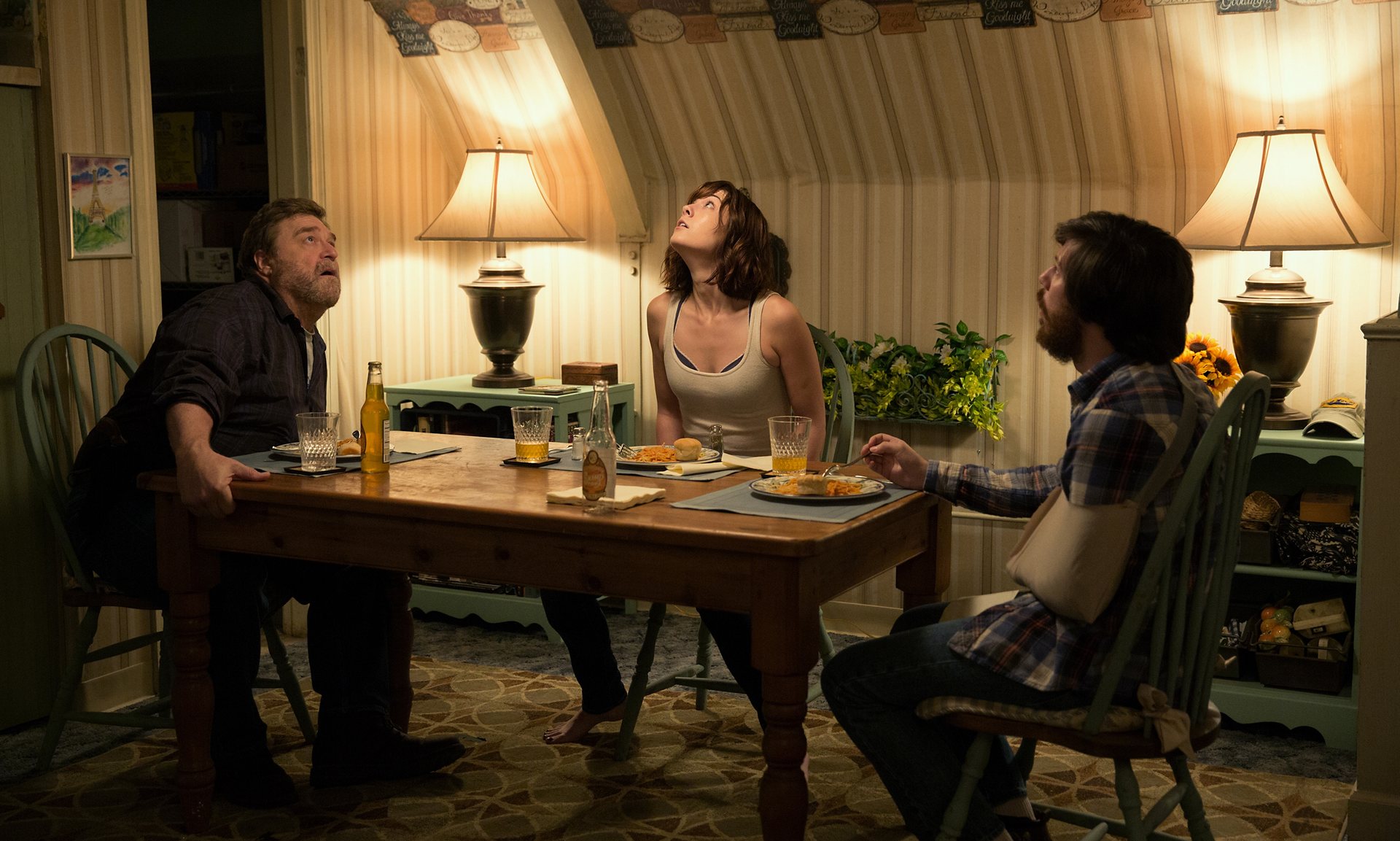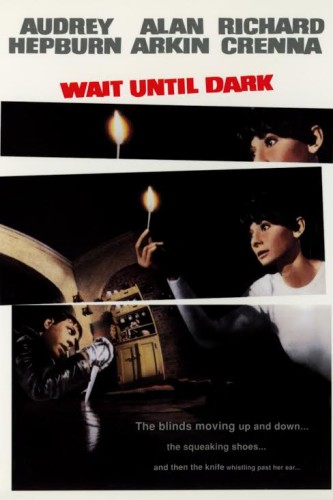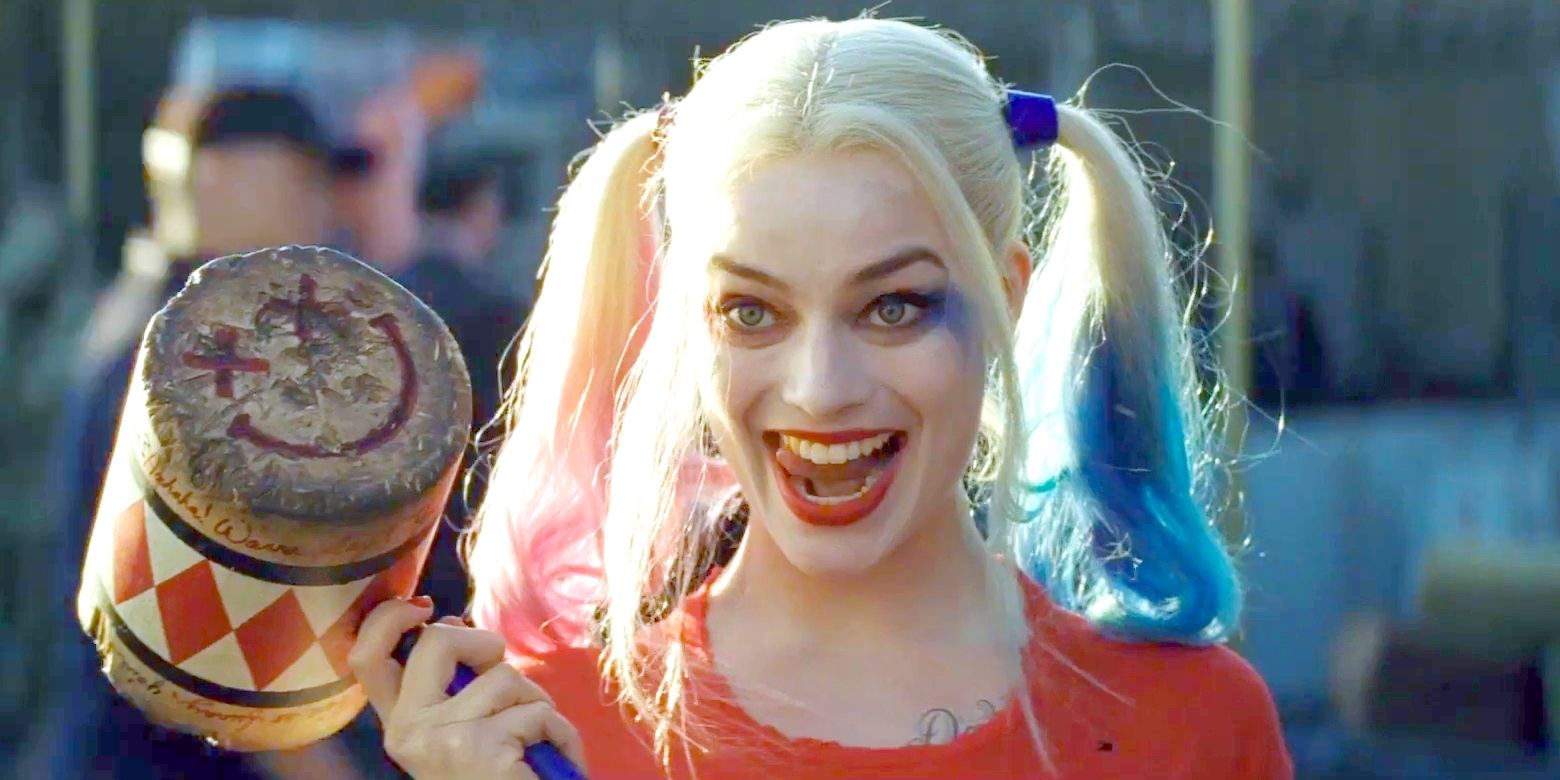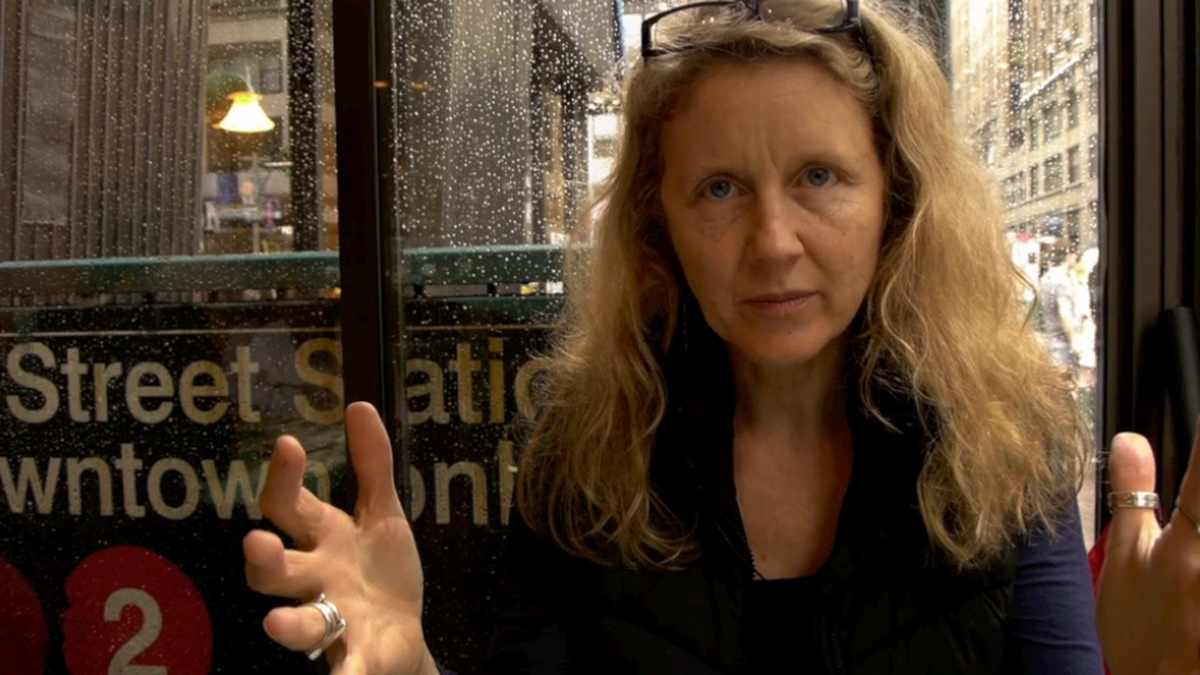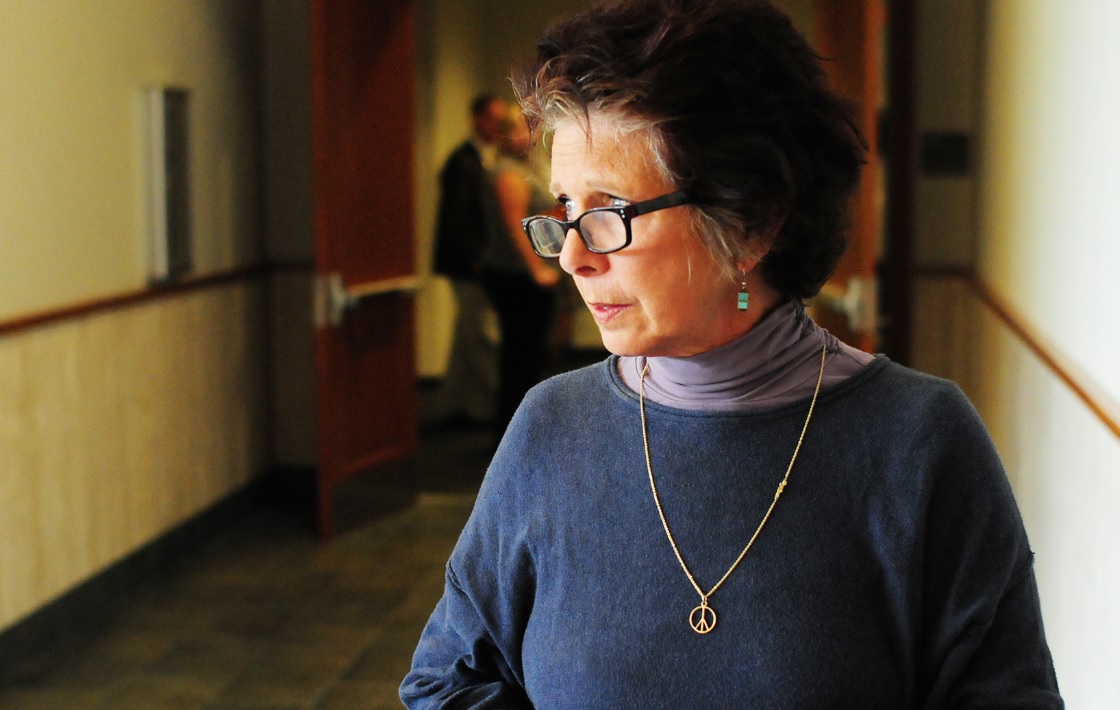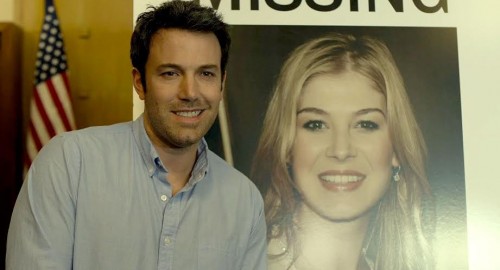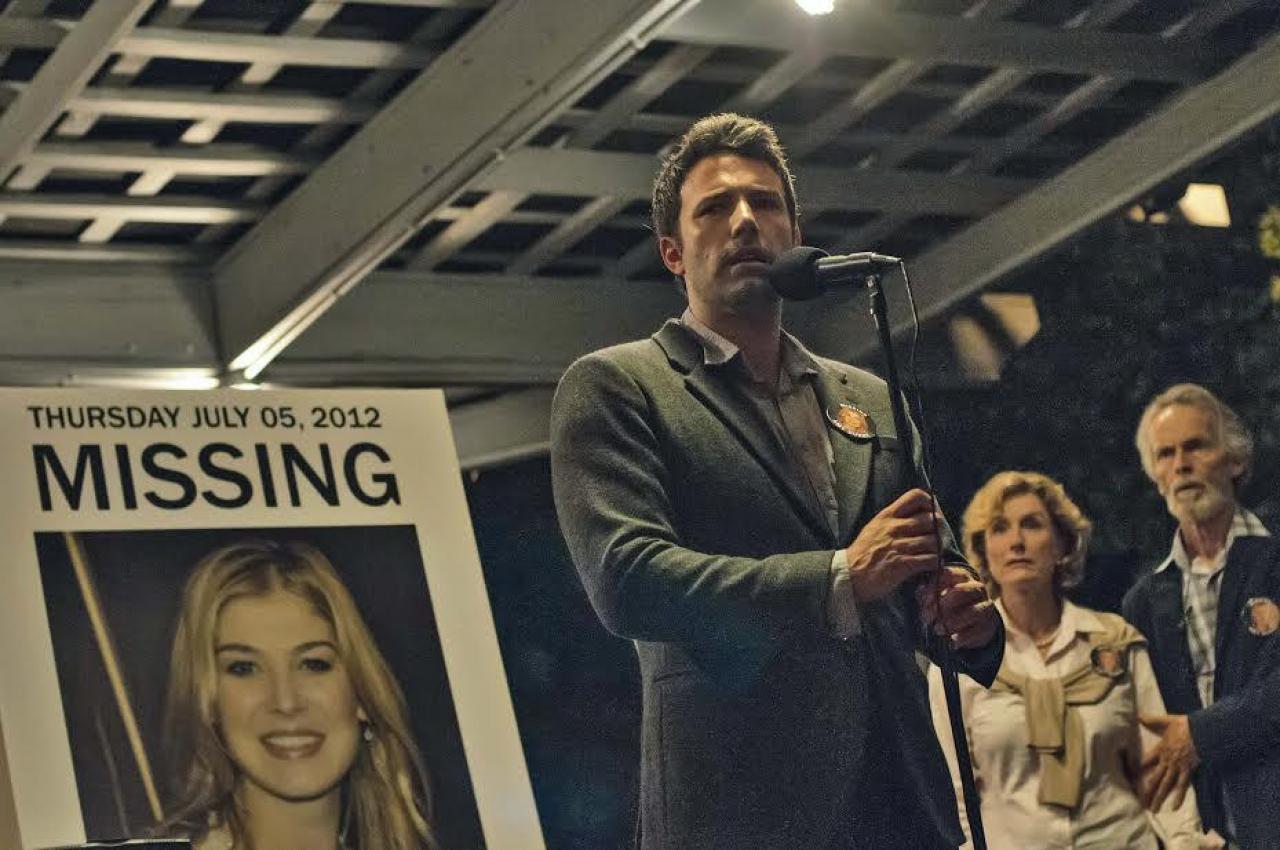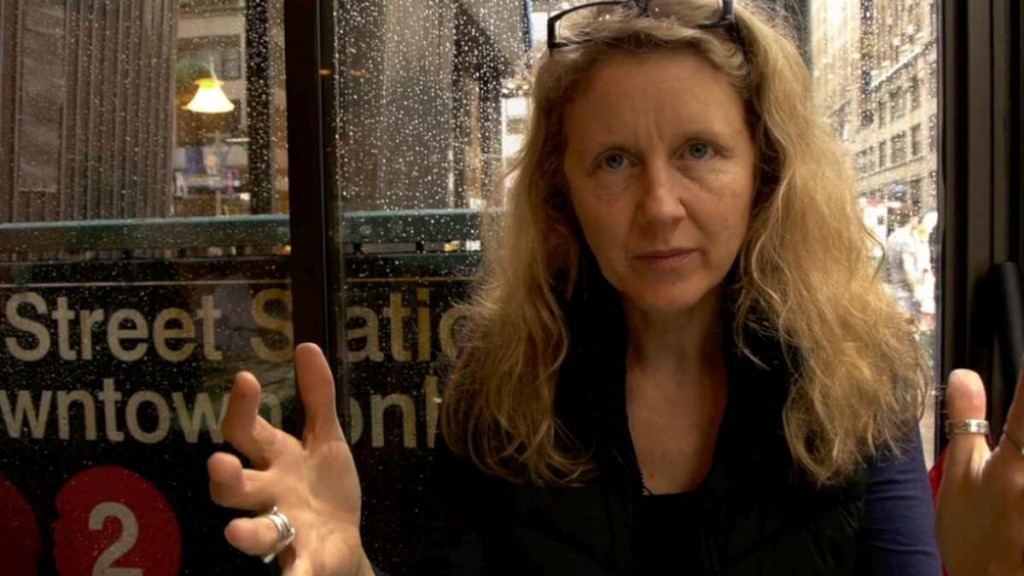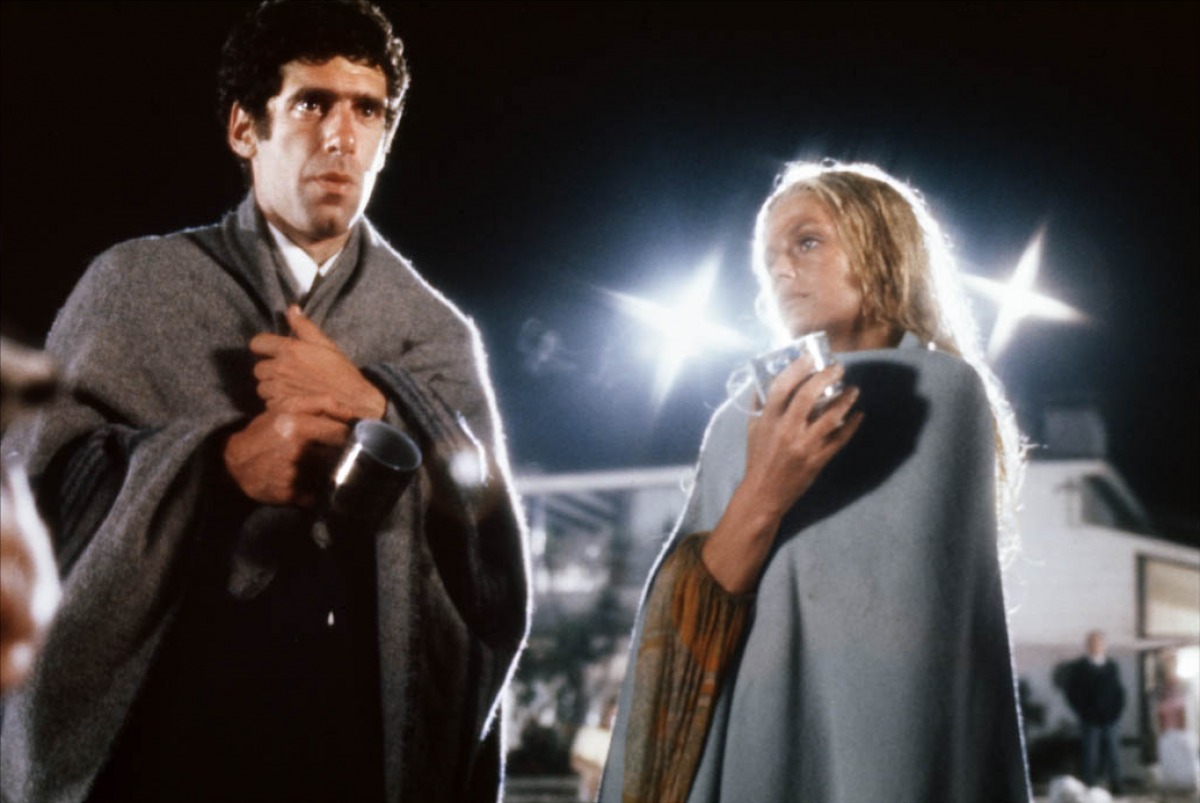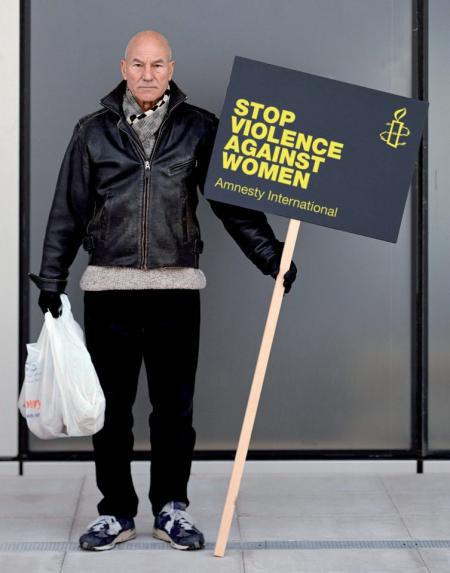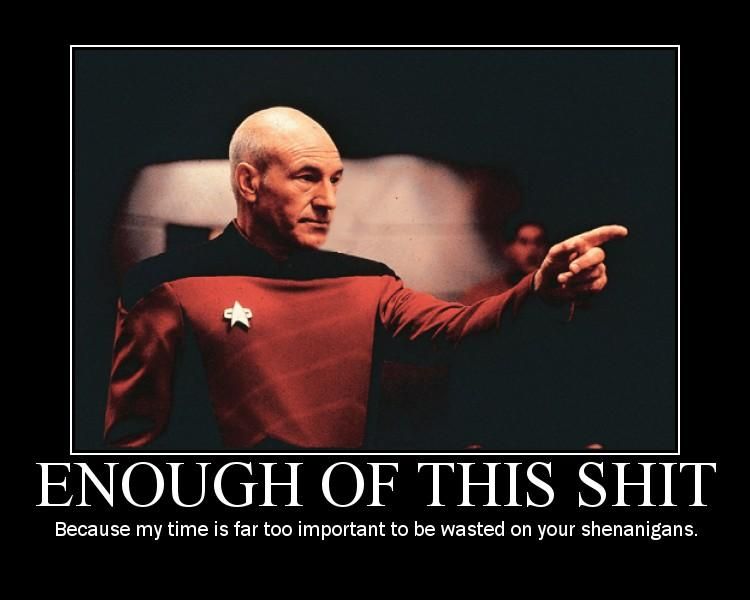This is a guest post written by Bill Ollayos. | Spoilers ahead.
[Trigger warning: discussion of domestic abuse and violence]
Dan Trachtenberg’s 2016 directorial debut 10 Cloverfield Lane builds a claustrophobic, apocalyptic narrative from the survival tactics of its three main actors. Tense silences, enclosed spaces, and slow-building suspense artfully construct the piece produced by J. J. Abrams and Lindsey Weber. As the trio works to outlast a mysterious threat that has supposedly overtaken Earth, issues of power and gender simmer throughout the performances of this narrow cast. While I appreciate the overall compactness of the premise, I wonder what footholds exist for feminism in such an intentionally economic work. Can a film of majority male leads and an ensemble of white actors truly receive the “feminist” stamp of approval?
The recent deluge of superhero movies has furthered the critical discourse around sexist tropes in film, a discussion tied closely to the #OscarsSoWhite movement during the 2016 Academy Awards. While Hollywood’s handling of Black Widow throughout the Marvel Cinematic Universe continues to fuel and frustrate feminist scholars, 10 Cloverfield Lane strikes me as more akin to the feminism of Buffy Summers: authentic, gritty and unabashedly feminine. The protagonist Michelle immediately establishes herself as a survivor of domestic abuse as well as an impressive quick-thinker; she embraces her womanhood both as an essential act of character development and as a means to survive.
In 10 Cloverfield Lane, Mary Elizabeth Winstead stars as Michelle, a young woman fleeing from her fiancé, Ben. While distractedly driving away from their home, Michelle crashes her car and falls unconscious, awakening to find herself imprisoned in the underground bunker by Howard (played by John Goodman). Howard describes a global attack that overwhelmed their planet and how he brought Michelle to the bunker to keep her safe. The audience also meets Emmett (John Gallagher, Jr.), a simple yet endearing man who claims to have witnessed the attack before seeking shelter in Howard’s bunker. Michelle does not buy their tales of an alien invasion, instead believing that Howard ran her off the road and then kidnapped her. The audience watches as Michelle wrestles with her distrust of Howard, her uncertainty about the supposed annihilation of humankind, and her residual trauma from the relationship with her fiancé. Tasha Robinson at The Verge posits that the entire film is a metaphor for domestic abuse, as Michelle strategizes, endures, and eventually decides to keep on fighting.
And so enters the essential question – can we consider Michelle a feminist hero? Her feature film barely passes the Bechdel Test, stars only white actors, and was predominately written, directed, and produced by men. If we do accept Michelle’s portrayal of gender as feminist, then does 10 Cloverfield Lane land more solidly in the realm of “white feminism,” or should the narrowness of its premise exempt it from any broader expectations around diversity?
The first ten minutes of the film simultaneously establish Michelle’s victimhood and survivorship, a multifaceted identity that she builds over the next hour and a half. After Michelle tearfully packs her belongings into her car, we see her abandoned engagement ring and overhear a phone call from Ben. “Michelle, please don’t hang up,” he says, “Look, we had an argument, couples fight, that is no reason to just leave everything behind!” When Michelle awakens in Howard’s bunker with her broken leg chained to the wall, only moments pass before she starts using the metal rod holding her IV to reach for her cell phone. When Howard arrives to give her food and crutches, Michelle sharpens the tip of one crutch to a nasty point, starts a fire in the vent to draw Howard’s attention, and attacks him as soon as he enters the room. When Michelle is cornered, she thinks quickly and acts with the self-reliance of one accustomed to overcoming.
The audience is allowed to understand Michelle’s tenacity before the full breadth of her trauma is clear. After another of her escape attempts, she confides in Emmett about the cycle of abuse that permeates her life. “When my dad got that way,” she recalls in reference to a memory from her childhood, “my brother Collin was always there to take the worst of it for me.” In keeping with the tidy nature of the narrative, Michelle’s experiences with domestic abuse are only alluded to, as the script rarely strays from the apocalyptic circumstances of the film. Indeed, the word abuse is never even used throughout the entire movie, with focus instead staunchly placed on the question of an alien invasion and Howard’s possibly murderous tendencies. However, Ben’s references to a “fight” combined with Michelle’s traumatic memories indicate a history to her character beyond what is featured in this plot.
The tightness of the film prevents an in-depth exploration of Michelle’s past. However, her identity as a survivor of abuse still appears through more subtle methods. Howard himself serves to further the abuse metaphor, as his domineering behavior, sensitivity to perceived slights, and commitment to traditional gender roles all match with documented techniques of an abuser. He states that Michelle will “learn to like cooking” and cries, “No touching!” when Emmett grazes her elbow. Additionally, a series of dark clues planted around the bunker indicate that he may have murdered a young girl from Emmett’s class. Howard’s lumbering stance and propensity for aggressive outbursts exude chauvinistic masculinity. Drawing from her resourcefulness and familiarity with such abusive men, Michelle utilizes aspects of her femininity to ensure her own survival.
Michelle’s gender becomes an essential part of her attempts to survive both literally from the apocalyptic context of the film, as well as metaphorically from partner abuse. At her first meal in the bunker, wherein Howard sternly reminds them to “watch [their] language at table,” she hatches a plan to steal the master keys from his belt. She plays off her experiences with similarly abusive men and, anticipating Howard’s jealousy, begins flirting with Emmett during their meal. She giggles, her demeanor suddenly flirtatious, and caresses Emmett’s hand, triggering an immediate explosion from Howard. As he throws himself into her face, asserting his dominance over Michelle, she covertly pilfers his keys. In demonstrating her most salient identity factor, Michelle’s commitment to survival, she tactically uses gender to manipulate her environment and pursue her freedom.
Michelle’s performance of her femininity actually yields the ultimate escape plan. Howard’s regime of traditional gender roles included badgering Michelle to give him stitches, exemplifying the “angel in the house” stereotype of women who sew, heal, and enact other domestic duties. Michelle embraces certain aspects of this socialized regard for womanhood, proudly admitting to her interest in fashion design and spending much of her time in the bunker drawing sketches of apocalyptically chic attire. Once again merging her gender identity with her commitment to survival, she masterminds a plan to sew a biohazard suit that would allow her to enter the supposedly toxic atmosphere beyond the bunker.
The cinematography of the entire film is arguably bent on giving tools to Michelle. The camera rests on a shot of the shower curtain that she will weave into her biohazard suit. Within the first few frames of the film, we see the bottle of alcohol that she will eventually detonate within the belly of an alien beast during the final battle. 10 Cloverfield Lane builds Michelle into a survivor across several planes: as a woman, a victim of abuse, and an Earthling. In the very last scene of the film, Michelle overhears a radio broadcast asking anyone with combat experience to join the remaining human forces in Houston. The audience watches as she turns her now stolen car around and drives toward the meeting point. Her decision allows the many poles of her identity to intersect. By heading to Houston, she is keeping herself engaged with the alien invasion (a symbol for the daily struggle faced by women survivors of domestic violence even after they escape their houses) and bringing her proven survival skills to the aid of the less powerful.
I find Michelle’s cunning nature and decided embrace of femininity as markers of feminism within 10 Cloverfield Lane. Although she only speaks to another woman for several seconds (when neighbor Leslie appears at the door of the bunker and dies after Michelle does not let her in), I believe that the economy of the narrative, which is so critical to the artistry of the film, excuses the underrepresentation of women. I also argue that Michelle’s repeated performances of her gender endorse an overall positive regard for womanhood and, thus, allow me to consider her a feminist hero.
However, I cannot express the same level of comfort when faced with the hegemonic Whiteness of the film. If we speak in terms of cinematic quizzes, though 10 Cloverfield Lane passes the Bechdel Test, it would certainly fail the DuVernay Test for its complete disregard for characters of color. 10 Cloverfield Lane is the second film in this franchise, and its predecessor Cloverfield undoubtedly features more actors of color. Cloverfield also takes place on a much larger scale (the streets of New York instead of an underground bunker), which allowed for the inclusion of more characters and the increase of racial diversity. While the premise of 10 Cloverfield Lane demanded fewer characters, I am not content with overlooking an all white cast. I also do not want to disparage the film with a label of “white feminism” – I wonder how a piece that so creatively handles gender in an intentionally tight script could have engaged race without losing the wonderful compactness. Besides casting people of color in the roles, of course.
I believe the character of Michelle to be a feminist hero. She renders a positive, complex portrayal of womanhood and survivorship. Roxanne Gay states in her 2014 book Bad Feminist that she “would rather be a bad feminist than no feminist at all.” Although the overall workings of 10 Cloverfield Lane deny intersectionality in feminism, I still want to appreciate the film for what it is: clever, suspenseful, and a smart testament to the trials of domestic abuse.
Bill Ollayos is a current Master’s student at the University of Massachusetts Amherst in the Translation Studies program. His research focuses on cultural power, gender studies, and critical race theory. Email him at william.ollayos@gmail.com for more information.
